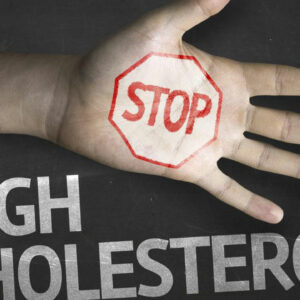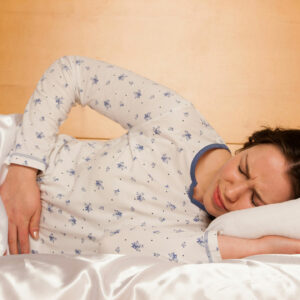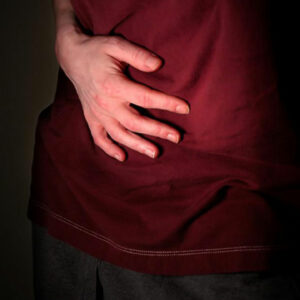
01
Know about the Various Causes of Vertigo
Vertigo refers to a medical condition in which a person feels like the objects surrounding them are constantly moving while they are not. It is a feeling of dizziness which may be accompanied by vomiting, headache, nausea, sweating, and trouble while walking. In case a person has an illusion that they are moving, it is called subjective vertigo. Also, when a person has an illusion that everything around them is moving, it is called objective vertigo. Causes of vertigo Many causes lead to vertigo – it is divided into peripheral and central causes. In case the cause of vertigo is central, it may occur due to a problem in the cerebellum part of the brain. It is the part positioned at the lowermost part of the brain. Vertigo could also be due to a problem in the brainstem which is the part of the brain linked to the spinal cord. Whereas if the cause of vertigo is peripheral, it is due to the trouble in the balancing system of the inner ear. Peripheral vertigo The most common causes leading to peripheral vertigo are as follows: Benign Paroxysmal Positional Vertigo (BPPV) It is the most common cause of vertigo. It occurs when tiny calcium carbonate particles accumulate in the inner ear’s fluid-filled canals. It may occur when one is standing, moving their head around and even bending. The attacks of vertigo due to BPPV can be intense and periodic and last for a short span of time. A person may feel lightheadedness, loss of balance and their eyes may move hysterically for a brief period. BPPV is said to arise due to an infection in the ear, a head injury, after an ear surgery or even prolonged bed rest. Head injury Head injury is another cause of peripheral vertigo that leads to a person feeling dizzy.
Read More 










